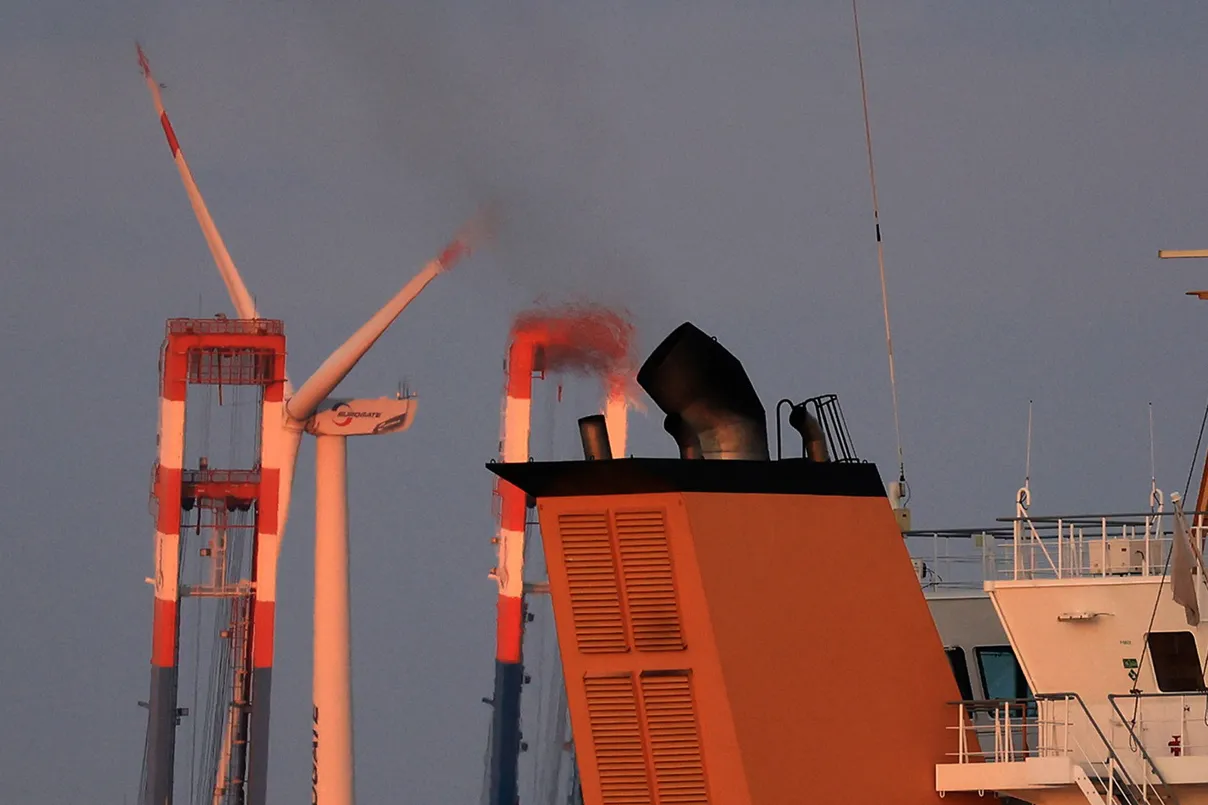In anticipation of its launch, container shipping companies have introduced new surcharges of at least $15 per TEU on shipments to and from the area.
The Mediterranean Sea officially became an Emission Control Area (Med SOx ECA) under MARPOL Annex VI on 1 May 2025.
The sulphur content in fuel oil for ships operating in the area is now limited to 0.1%, significantly reducing air pollution and delivering major benefits to both human health and the marine environment.
Emission Control Areas for Sulphur Oxides
Ships operating in Emission Control Areas for Sulphur Oxides and Particulate Matter, such as the Mediterranean Sea, are now subject to strict mandatory measures to prevent, reduce, and control air pollution. This new ECA must comply with stricter sulphur content limits than those set by the global standard (0.10% mass by mass (m/m), compared with 0.50% m/m allowed outside SOx ECAs).
Related :Shipping industry : ICS proposes GHG fee to meet IMO 2050 target
Decreasing the risk of maritime accidents
Decreasing SOx emissions from shipping improves human health by lowering rates of lung cancer, cardiovascular disease, strokes, and childhood asthma. The environment also benefits significantly, as reduced acidification helps protect crops, forests, and aquatic species. Finally, this measure is expected to reduce haze caused by ships, increasing visibility and decreasing the risk of maritime accidents.

Related :IMO opens global talks to secure net-zero deal for shipping
The busiest maritime routes in the world
The Mediterranean Sea is home to some of the busiest maritime routes in the world, supporting 20% of seaborne trade. It is estimated that more than 17% of worldwide cruises and 24% of the world fleet navigate the Mediterranean Sea.
The Med SOx ECA
The Med SOx ECA is the fifth designated Emission Control Area under MARPOL Annex VI, alongside the Baltic Sea area; the North Sea area; the North American area (covering designated coastal areas off the United States and Canada); and the United States Caribbean Sea ECA (around Puerto Rico and the United States Virgin Islands). In 2024, IMO designated two further ECAs: the Canadian Arctic and the Norwegian Sea. In April 2025, MEPC 83 approved a proposal to designate the North-East Atlantic as an Emission Control Area.
On 1 January 2020, new limits on sulphur content in fuel oil led to a 70% reduction in total sulphur oxide emissions from shipping by setting a maximum sulphur content of 0.5% outside the of 0.5% outside the emission control areas.
CMA CGM: Low Sulfur Surcharge
On the other hand CMA CGM has instead announced in recent weeks the introduction of a so-called Low Sulfur Surcharge, worth 20 dollars/TEU for shipments from Asia to the Mediterranean (effective from April 21) and one (starting yesterday 1 more) of 10 dollars/TEU for shipments from the Mediterranean to Asia, the Middle East and the Red Sea. A fee worth 25 dollars/TEU will also be applied by the French company to shipments originating in the Mediterranean and headed to West Africa.
Maersk : Surcharge relating to the Seca
Maersk for its part has specified that the surcharge relating to the Seca will be integrated into its Fossil Fuel Fee, of which it has provided an update that will be valid until the next June 30, with differentiated rates depending on the routes.
MSC :an additional fee of 25 dollars
MSC has introduced an additional fee of 25 dollars/TEU for cargo arriving in the Mediterranean from Australia and New Zealand, and 15 dollars/TEU for boxes coming from Asia.
Sources : Press release IMO + other sources




